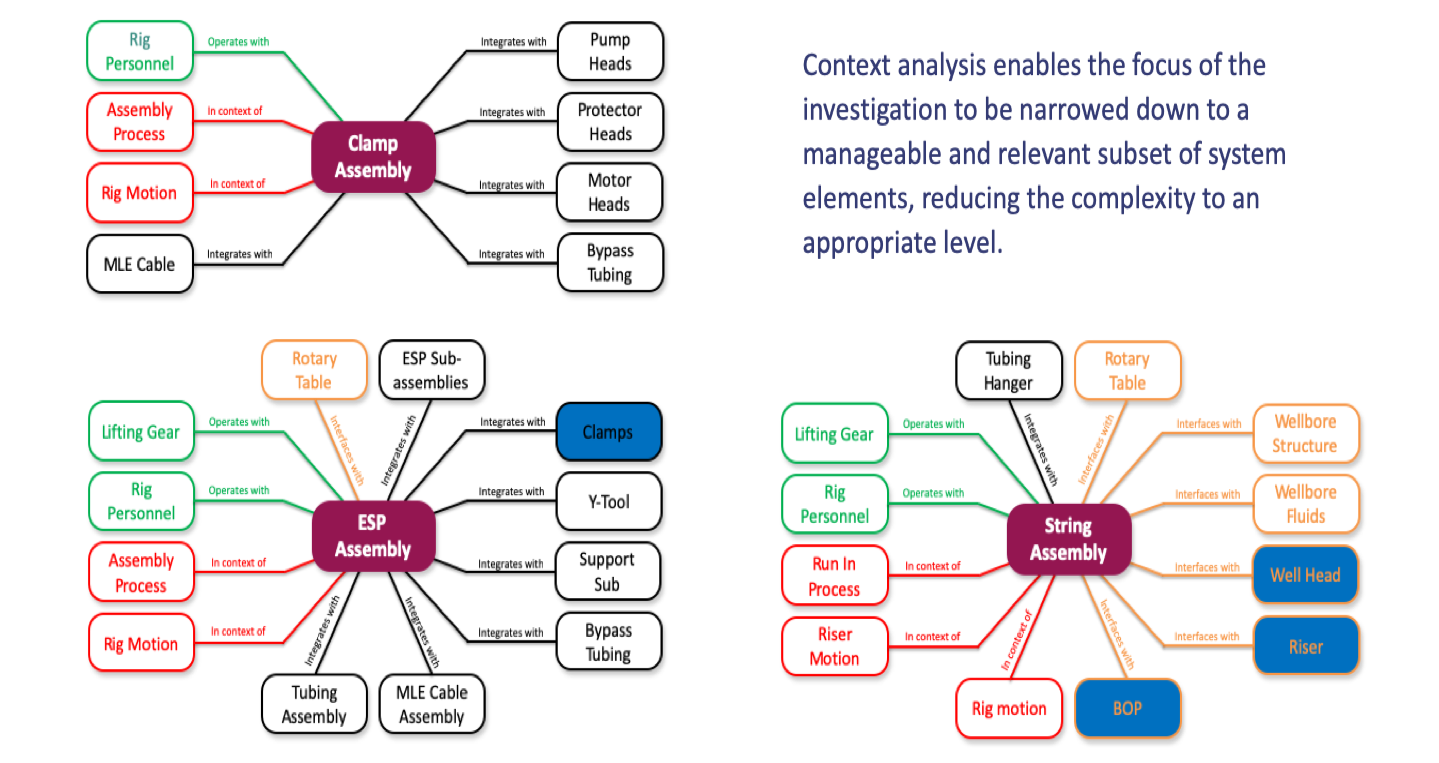ESP Insertion Failure








Submersible pumps are used in wells that are not sufficiently pressurized to produce hydrocarbons on their own. These pumps can reach lengths of over 50 metres per system, comprising multiple pump stages and motors. This equipment is generally installed with very little spatial clearance in the well, the trajectory of which is often is characterized by tortuosity. As a consequence the system has to deform and flex as it is lowered into the well. In this case, the system hung on the first installation attempt and upon retrieval it was found that clamps used for system assembly had failed. The clamp failure was assumed to have been caused by overloading of the system as it was forced to flex on the way into the well, leading to multiple unsuccessful installation attempts as solutions were incorrectly directed.
Engenya was asked to investigate this failure and found that the evidence did not support the overload hypothesis. A number of analyses were carried out to eliminate the overload hypotheses by showing that loading limits for the clamps were at least 20 times higher than the loads generated during insertion. After this, attention was turned to the dynamics of rig and riser motion. Although it was found that rig motion alone would not be sufficient to cause a dynamic problem, the interaction of the 150-metre riser with the sea currents led to primary oscillation due to alternate vortex shedding. Ultimately, it was found that the combination of dynamic inputs with system structural characteristics resulted in a secondary orthogonal riser response.
The cause of the problem was isolated and attributed to riser dynamics that led to the release of pretension loads on some of the systems key structural components. A key driving factor was found to be the time required to assemble the complete pump system, while the riser dynamics were at play.
After this experience, the client planned for a new well to be drilled in the same field, subject to the same conditions. This well would also require a dual ESP installation, but this equipment would be delivered by a new vendor and as a result would have different design characteristics. Because of the experience with the earlier installation, a new analysis was commissioned before the finalization of the design to assess the risk of failure likely to be present during the run-in process and to assess the robustness of the component design to withstand the now understood installation conditions.
The new installation was completed successfully the first time.
For details of the services Engenya offers to support your ESP installation project, please look at our ESP Support Services page.




